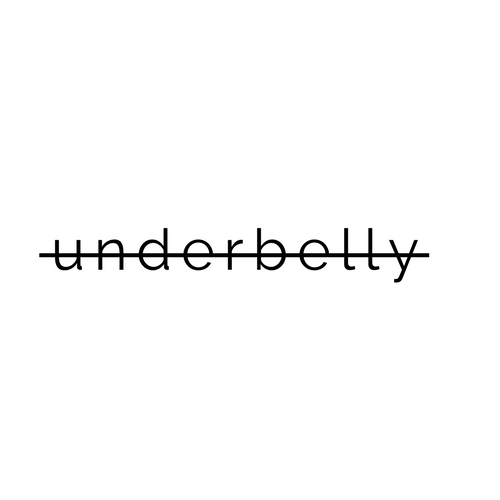Mark Nowak
When I started to write this abecedarian sequence “LATE SUMMER & FALL …AGAIN,” I joked in an Instagram story that I was “ENTERING MY CAPSLOCK ERA” (i.e., writing in all capital letters, as MAGA does with its catchphrase MAKE AMERICA GREAT AGAIN). I employed a font that some designers claimed was closest to the MAGA font (Century Schoolbook). The first draft of this 26-page sequence, written largely during the summer of 2024, leaned heavily on the two assassination attempts of the former-future president as well as the style and tone of my previous sequences (“WINTER,” “SPRING”) in the manuscript. I hated the first rough draft, included here, because I was mimicking what I had already written rather than imagining anew.
But after the re-election of Trump in November, I decided to extensively overhaul the sequence, moving some of this text about the assassinations to “SUMMER” and totally re-writing the final sequence as “FALL…AGAIN.” In fact, I ended up tearing it down to the studs. At the time, I had been taking tons of photos in the deindustrialized Northeast where I live (rural northern New York, far western Massachusetts, and southeastern Vermont). Looking at the photos made me want to return to the photo-text tradition of my previous books, Revenants, Shut Up Shut Down, and Coal Mountain Elementary, as well as the photo-text tradition of the WPA era (particularly the photo-texts of Wright Morris who had a huge influence on my earlier books). Finally, I also decided to return to the haibun form I used in Shut Up Shut Down and make the CAPSLOCK section exclusively on U.S. hate groups from lists I had assembled and alphabetized from the Southern Poverty Law Center and other online sources. I call these grayscaled blocks “unerasures,” i.e., texts that try to bring to light (barely) the seemingly limitless names of organized American hate.
To me, the new revision tries to more thoroughly document the Anthropocene of MAGAmerica. The photographs and grayscale texts are my attempt to inscribe what Althusser called the “superstructure.” In my previous haibun sequences in Shut Up Shut Down I imagined the “poem” section of the haibun as an underlying “economic base,” but in these new poems I viewed the poems beneath the grayscaled text more as residue or trace material. The leftovers, the dumping grounds; trash heaps of shattered and sheared-away text. This “U” poem is unique in the final sequence in the book because it signals a more complete descent into “untranslatable” and/or redacted material as the book comes to an end.



